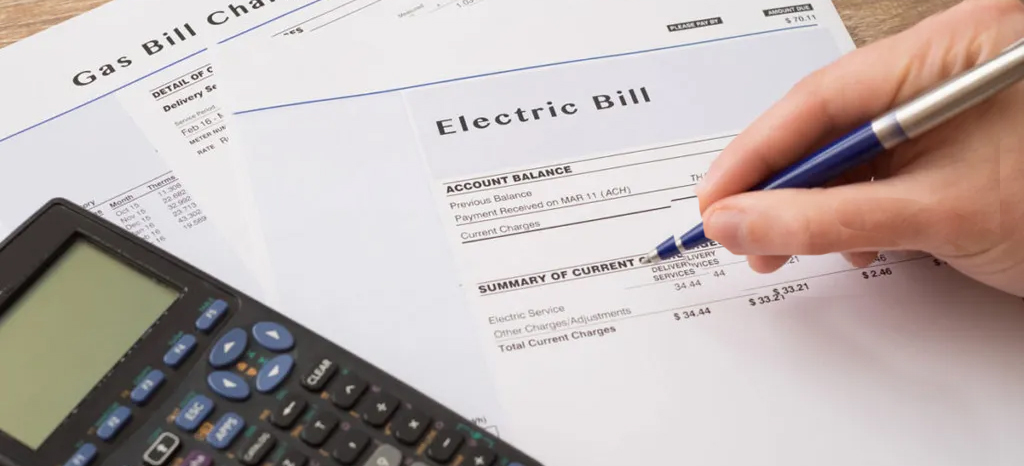Understanding Ontario Electricity Rates
We’re here to clear up the confusion about Ontario electricity rates and help you to better understand the pricing structure used by your retailer or electricity utility.
If you’re confused about the pricing structure of Ontario electricity rates, you’re not alone. Pricing structures can vary from company to company, and we’re here to help you understand the most commonly used electricity rate plans in Ontario.
Hourly Ontario Energy Price (HOEP)
Electricity is a commodity just like natural gas, gold, corn, and wheat, and its price rises and falls based on supply and demand and other economic factors. The price of electricity is changing constantly just as its supply and demand is constantly changing. The electricity market in Ontario is controlled by the Independent Electricity System Operator (IESO) who are in charge of balancing supply and demand and directing the flow of electricity across Ontario’s transmission lines.
The point where buyers and sellers agree on a price is called the Market Clearing Price (MCP), which updates every five minutes. The Hourly Ontario Energy Price (HOEP) is determined by taking the average of the previous 12 MCPs.
Businesses that require large amounts of electricity will purchase it wholesale based on the HOEP. Homeowners and small businesses usually pay Time-Of-Use (TOU) prices, which reflect the HOEP, but add in additional costs like the Global Adjustment, transmission costs, and other fees. All consumers pay these additional costs, but smaller consumers don’t get to see the breakdown of the additional fees.
Time-Of-Use (TOU) Prices
Most Ontario energy consumers pay Time-Of -Use (TOU) rates for their electricity. These rates are controlled by the Ontario Energy Board who adjust these rates every six months according to economic conditions.
The concept behind Time-Of-Use rates is that when demand for electricity is higher, production costs to meet this demand are higher, therefore the price charged to consumers is also higher during this time. When demand for electricity is low, production costs are low, and the price is also low.
Time-Of-Use rates are built around the electricity consumption of consumers. Because consumption patterns change based on the seasons or whether it’s a weekend or weekday, TOU rates also change based on these factors.
On weekends and holidays, all hours of the day are considered off-peak hours. Time-Of-Use rates only really apply to weekends.
The summer schedule (May 1 to October 31) for TOU rates is:
● Off-Peak: Weekdays 7 p.m. – 7 a.m. Weekends and holidays all day.
● Mid-Peak: Weekdays 7 a.m. – 11 a.m. and 5 p.m. – 7 p.m.
● On-Peak: Weekdays 11 a.m. – 5 p.m.
The winter schedule (November 1 to April 30) for TOU rates is:
● Off-Peak: Weekdays 7 p.m. – 7 a.m. Weekends and holidays all day
● Mid-Peak: Weekdays 7 a.m. – 11 a.m. and 5 p.m. – 7 p.m.
● On-Peak: Weekdays 11 a.m. – 5 p.m.
TOU Periods & Prices
Time-Of-Use Prices are separated into three categories, which are:
– Off-Peak: When demand for electricity is the lowest. This is when the price of electricity is the lowest.
– Mid-Peak: When demand for electricity is moderately high. Prices during this period are higher than during off-peak hours, but still less than during peak hours.
– On-Peak: This is the busiest part of the day when consumption of electricity is at its highest. This is when many people are at home cooking, cleaning, watching TV, and using other electrical appliances. Electricity prices are highest during this time.
As of May 1st, 2022, the Time-Of-Use Ontario electricity rates are:
● Off-Peak: 8.2 cents/kWh
● Mid-Peak: 11.3 cents/kWh
● On-Peak: 17.0 cents/kWh
Regulated Price Plan (RPP) Rates
Regulated Price Plans (RPPs), also known as a Tiered Pricing Plans, are mandated by the Ontario Energy Board (OEB) to provide consumers with a predictable stable price for their electricity. If you are on a Regulated Price Plan (RPP) you will pay one price for energy use up to a certain threshold, and a higher rate for energy use over that threshold.
The price you pay on a Regulated Price Plan is fixed and not dependent on supply and demand. RPP rates are often higher than retail rate because utility companies are making up for the periods when electricity prices are particularly high.
The 2022 RPP Rate Schedule
As of May 1st, 2022, the Regulated Price Plan Ontario electricity rates are:
● RPP Tier 1 = 9.8 cents per kWh
● RPP Tier 2 = 11.5 cents per kWh
The threshold for residential consumers changes twice a year on a seasonal basis. Residential consumers pay Tier 1 price up to 600 kWh per month during the summer season (May 1 to October 31) and to 1,000 kWh per month during the winter season (November 1 to April 30).
Advantages of RPP Rates
The advantage of RPP rates is their predictability. Your electricity bills will be easier to understand with RPP rates than if you were to purchase retail energy or pay TOU rates.
With RPP rates you have no obligation to stay with your utility and can switch companies whenever you please.
Disadvantages of RPP
The disadvantage of RPP Rates is that the rate is often higher than what is charged by energy retailers.
However, some retailers offer variable rates that vary based on economic conditions and these rates are often lower than RPP rates.
All in all, If you’re looking for the lowest Ontario electricity rates, it is in your best interest to look at alternatives to RPP rates.
Fixed Price Energy
Canada Locations
Albertasoon
British Columbiasoon
Manitobasoon
Ontario
Quebecsoon
Saskatchewansoon


